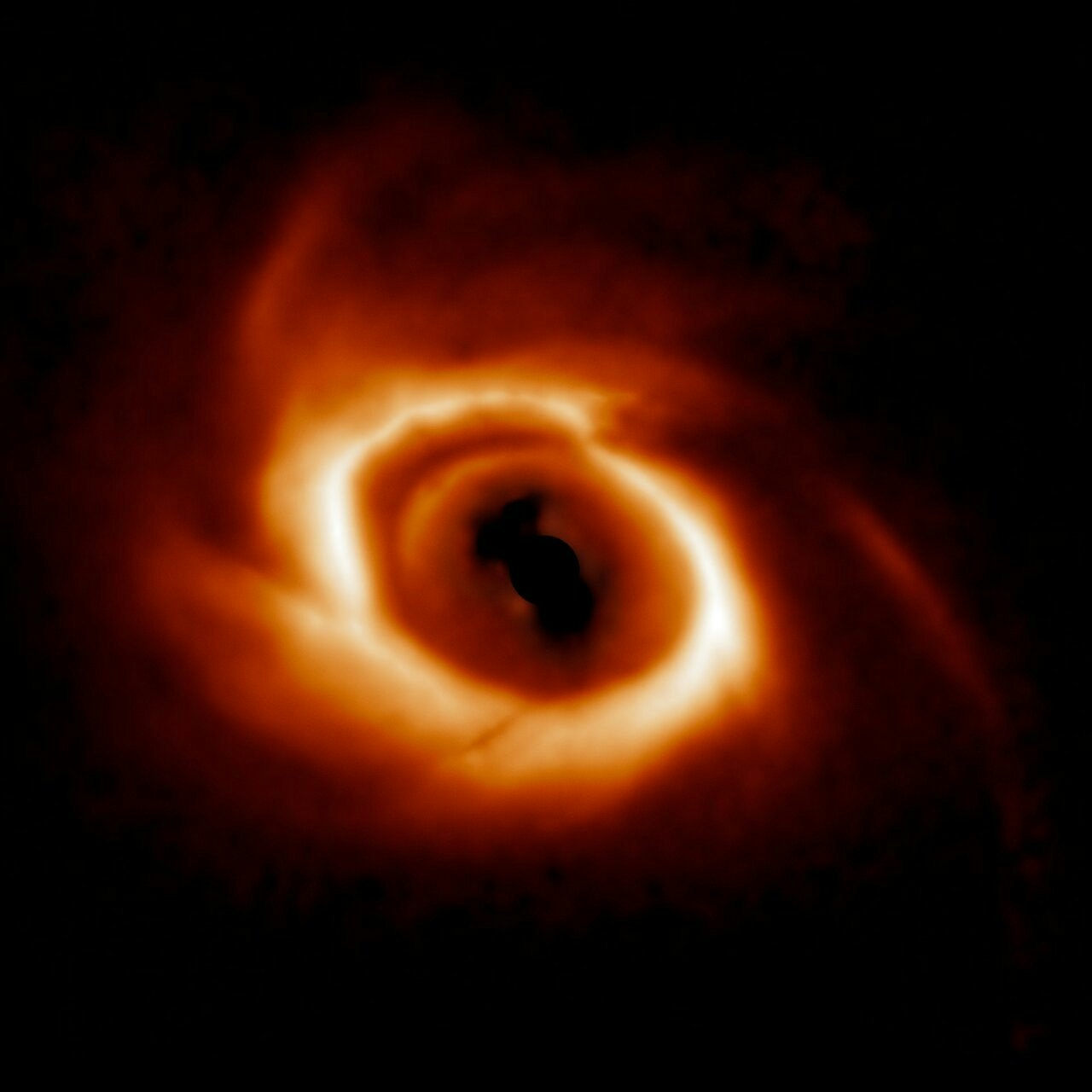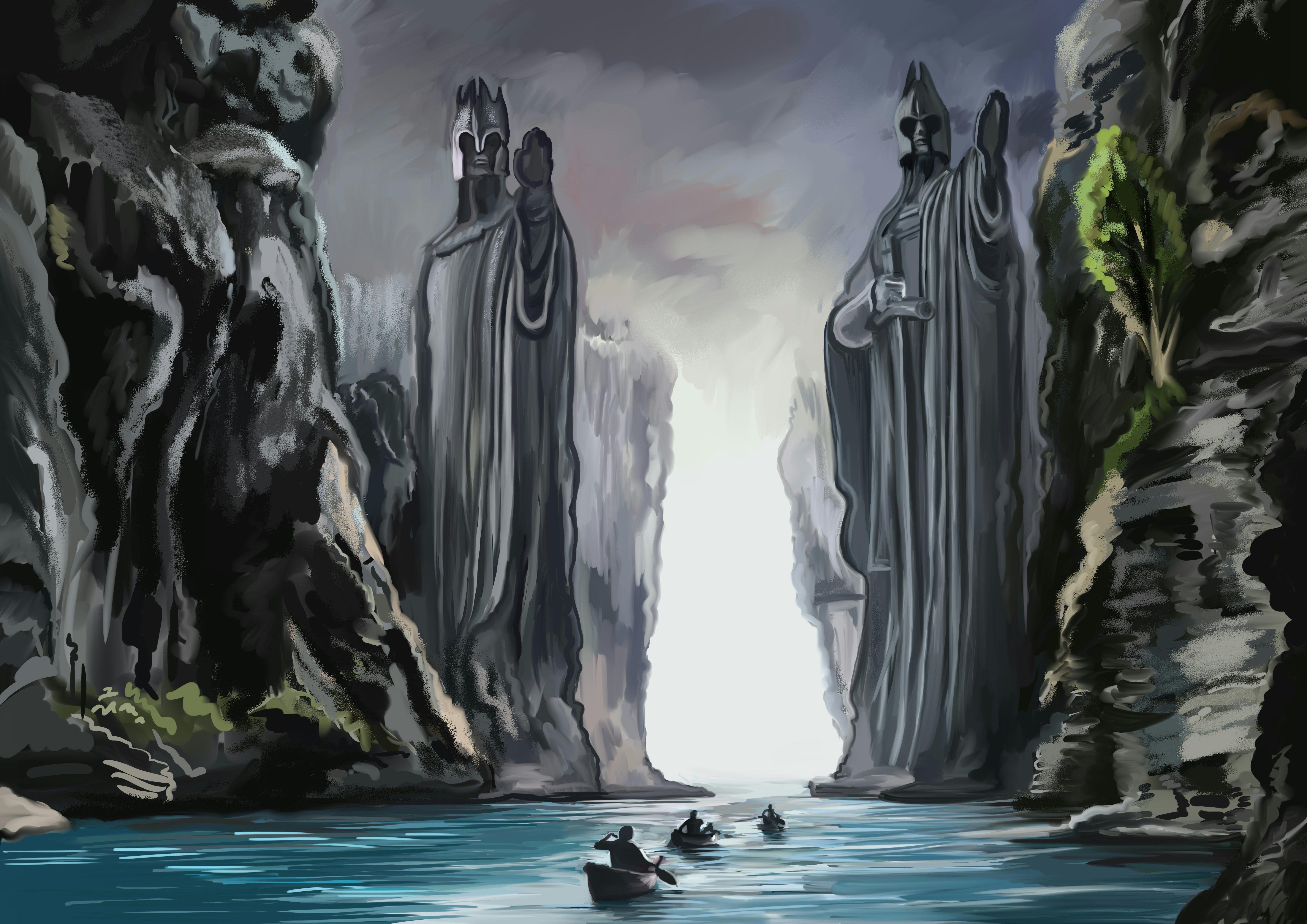
Welcome to the first day of summer. Soon, in the Northern Hemisphere, we’ll arrive at the hottest and driest stretch of the year. Since ancient times, this lethargic period has been called the “dog days of summer,” referring to how canines lay down on the hot stone, pant, and daydream of...?
This is an adapted version of the Inverse Daily newsletter for Tuesday, June 21, 2022. Subscribe for free and learn something new every day.
Hello, I am Steph Lee, your new writer for Inverse Daily. Thanks for being here. I look forward to joining your inbox each day.

Look! This cosmo dust could be a future planetary system
A new mosaic shows off protoplanetary systems in stunning detail. The wafting clouds of dust and gas glow have unique appearances, and the different shapes could give astronomers key insights into the formation of places like our Solar System.
Evan Rich of the University of Michigan created the images using the powerful Gemini South telescope in South America. One important feature in these disks are the rings, which indicate to astronomers that planets are developing there.
Rich’s team released images of six cosmic clouds that might become solar systems. More work needs to be done to confirm this data. In the meantime, though, scientists and stargazers alike can bask in the fascinating views.

This is what your dog thinks, according to science
As much as we love our dogs, we still don’t understand what’s going on inside their minds. But some researchers are on the hunt to solve the mystery of canine cognition, starting with answering the most basic question: How do dogs think?
A new study in the journal Animal Cognition offers rare insight into how dogs’ minds form a representation of the world through their favorite objects: toys. The findings suggest that when “gifted dogs” hear the name of a familiar toy, they evoke a mental image that includes the different features of that toy, such as the way it looks and smells. Sound familiar?
“For humans, often thinking of a lemon evokes a mental image that includes different senses,” explains Dror, the lead author. “This study suggests that the same is true for dogs.”

Climate change is wreaking havoc on children’s health, a landmark review reveals
It’s well established that the climate crisis and air pollution — two linked environmental and public health crises — are bad for our health. But according to the New England Journal of Medicine, there’s one highly vulnerable group whose health is most at risk: children.
In a primary review article, the journal examines an enormous amount of research to unpack just how much climate change and air pollution are harming young ones. Some key findings include: climate change’s negative effect on mental health, and air pollution’s harmful impact on development.
Children are often not in a position to advocate for themselves, which means they are typically left out of public health discussions on the climate crisis.
Therefore, the review authors conclude: “It is of paramount importance that research findings be rapidly translated into policies to protect and improve children’s and maternal health, with special focus on vulnerable populations.”

How Rings Of Power expands Tolkien’s world
“Every moment I can, I go back to my favorite place, the appendices of The Lord of the Rings,” Leith McPherson, the dialect coach who worked with the actors of Peter Jackson’s Hobbit trilogy, tells Inverse. “The appendices feel like Tolkien is speaking to me, directly.”
McPherson taught the Hobbit actors the fictional languages of J.R.R. Tolkien’s Middle-earth — namely Elvish, Dwarvish, and Orcish. Now, she is back on-set as the dialect coach for Amazon’s upcoming prequel series, The Lord of the Rings: The Rings of Power.
Her job has attributes of an archaeologist and an anthropologist. In concert with the Tolkien estate, McPherson is preserving what Tolkien left behind and building upon what he didn’t. After all, this is the Second Age. Like the rest of The Rings of Power, she had to imagine how Middle-earth sounded a thousand years prior to Peter Jackson’s movies.
“This is a different landscape,” McPherson says. “Cultures have changed, some not very much. Some of which are completely new.”

- On this day in history: On June 21, 1978, Charon, Pluto’s largest moon, was discovered. Planet and moon are also tidally locked, so that they always present the same face toward each other.
- Song of the day: “Ugly Season” by Perfume Genius.
About this newsletter: Do you think it can be improved? Have a story idea? Want to share a story about the time you met an astronaut? Send those thoughts and more to newsletter@inverse.com.







